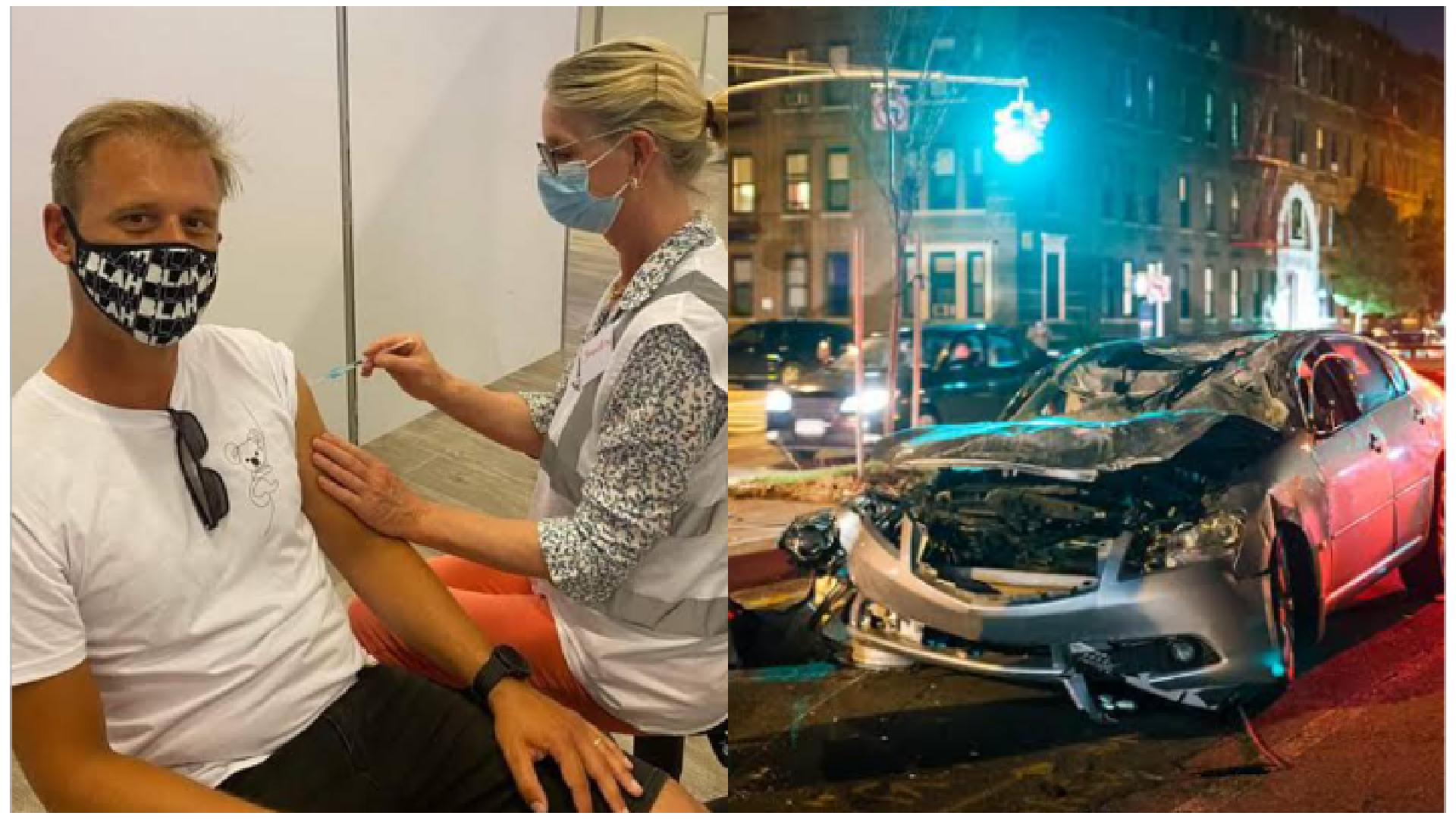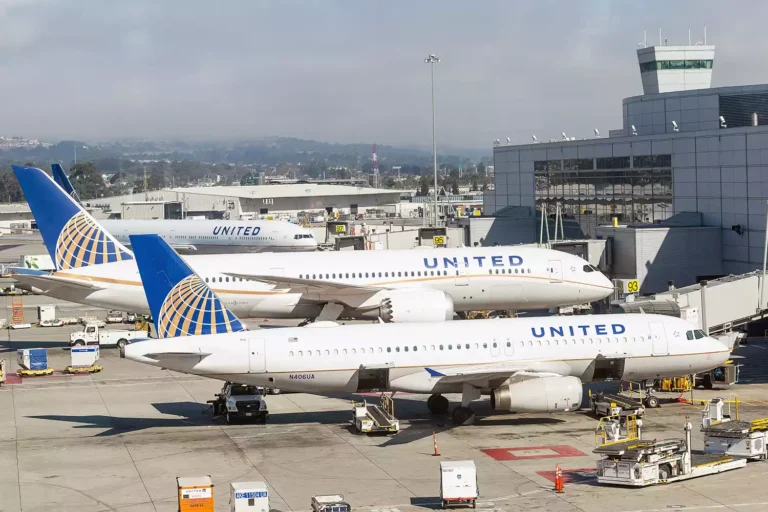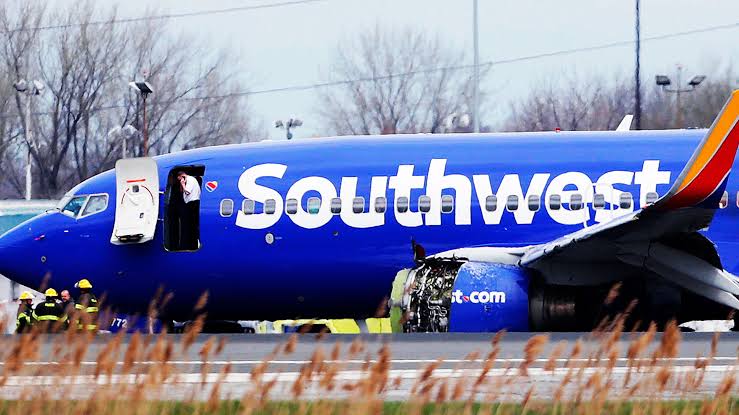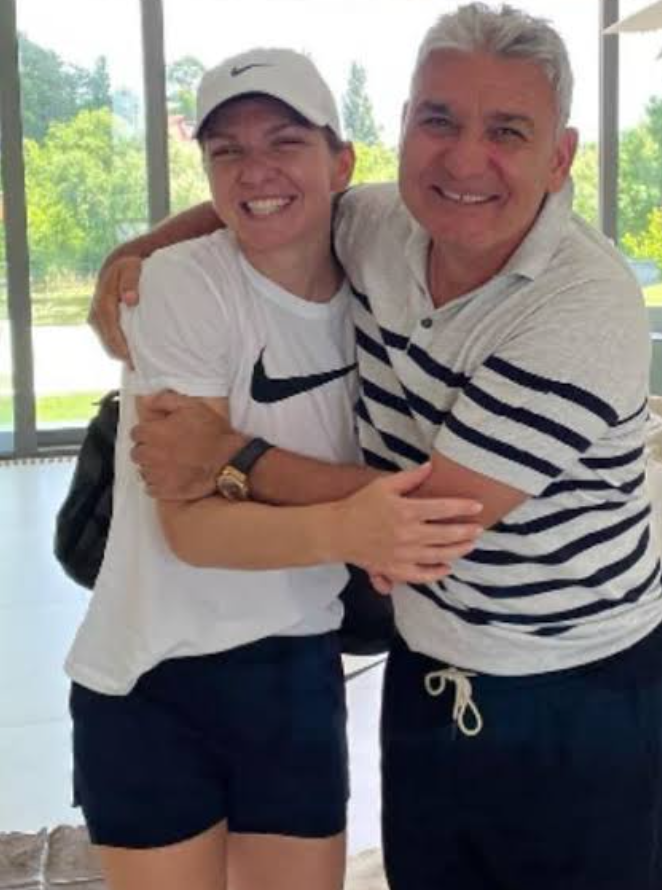“Tragedy Averted: Armin van Buuren Survives Motor Incident Before Festival Set”
During a high-profile event in Amsterdam — the Festival Op de Ring — world-renowned DJ Armin van Buuren was scheduled for a back-to-back (B2B) performance with Dutch rising star DJ Benwal. The event promised to be one of the most memorable moments of the festival, especially considering it was celebrating the 750th anniversary of the city. However, the highly anticipated joint performance never happened, and fans were left stunned and disappointed. The cancellation wasn’t due to illness, technical failure, or even artistic differences. The true reason was far more chaotic — and rooted in something that could have been predicted: the sheer scale of the crowd.
The event, which was free and held on the A10 ring road around Amsterdam, was already drawing an enormous number of visitors. What wasn’t publicized in advance was that Armin van Buuren would appear for a surprise back-to-back performance with Benwal. This lack of promotion may have been intentional — to avoid massive overcrowding — but ironically, it backfired. Rumors spread fast that Armin was in the area, and thousands of additional people flooded into the festival zone in hopes of catching a rare B2B appearance from the trance legend.
What unfolded next can only be described as a logistical nightmare. As the crowd grew beyond expectations, festivalgoers began climbing fences and barriers to reach the performance zones. Emergency exits were blocked by the surge of bodies, and crowd control measures became ineffective. Police on-site began raising alarms about safety, noting that conditions were rapidly approaching a critical point. There was genuine concern that a dangerous crowd crush situation could occur — similar to other festival tragedies seen in the past across the world.
In response to these escalating concerns, police made the difficult decision to temporarily shut down the Audio Obscura stage, where Armin and Benwal were set to perform. Security and emergency teams were deployed to try to restore order, redirect crowd flows, and stabilize the perimeter of the event zone. While this was happening, all music was paused. The performance schedule was thrown into disarray. Organizers faced mounting pressure not only from fans but from city officials and safety regulators on the ground.
As order was gradually restored, event officials evaluated whether to continue with the original lineup. By that time, Armin van Buuren was still present backstage and ready to perform. But authorities, together with the event organizers, ultimately decided not to proceed with the planned B2B set. The logic was simple but harsh: introducing a superstar like Armin onto the stage could re-escalate crowd excitement, potentially triggering another wave of dangerous behavior. Despite fans waiting eagerly, the call was made to prioritize safety over spectacle.
To make matters worse, because the performance had never been officially announced, there was no formal explanation to the crowd in real-time. This led to confusion and disappointment. Benwal eventually performed solo for a short closing set after the music was allowed to resume, but the magic of the anticipated collaboration was lost.
Behind the scenes, organizers later revealed that the appearance was meant to be a “gift” to the city — something special and unannounced that would go viral and be remembered for years. But the very thing that made the performance exciting — its secrecy — became its downfall. Without enough time to manage crowd expectations or prepare appropriate crowd control measures, the event was overrun by a wave of fans all trying to witness a surprise moment.
This incident quickly became headline news in the Netherlands and within the global dance music community. Discussions erupted online about the risks of surprise appearances at public events. Some criticized the organization for failing to plan for the possibility of crowd surges. Others defended the decision to cancel Armin’s set, saying that saving lives and avoiding injury must always come first. Social media was flooded with images of fans climbing fences and crowding tightly in front of stages, further fueling the debate.
Armin van Buuren himself remained professional and composed in the aftermath. In a brief online post, he thanked fans for their enthusiasm and expressed disappointment that he couldn’t perform. He also emphasized the importance of safety and said he hoped to return soon under better circumstances. Benwal, in his own statement, echoed those sentiments and thanked the audience for their energy, even if things didn’t go as planned.
Meanwhile, analysts and security professionals began weighing in on the incident. Some said it should serve as a wake-up call for event planners worldwide. Free events, even when intended to be celebratory and inclusive, require intense planning and communication — especially when superstar artists are involved. The lack of ticketing control meant organizers had no reliable way to manage attendance numbers, and the sudden arrival of Armin on-site (even if unannounced) triggered an influx that couldn’t be handled.
Others pointed out that in the age of social media, secrecy is almost impossible to maintain. Rumors of Armin’s presence started circulating hours before his expected appearance. That gave fans just enough time to rush to the venue, overwhelming the infrastructure before anything could be done to stop it. The viral nature of these moments — even before they happen — is something modern event planning must now consider.
The event did resume after the shutdown, and other acts were able to complete their sets. But the shadow of what could have been hung heavy over the final hours. Fans had expected a once-in-a-lifetime collaboration between two of the most prominent Dutch electronic artists — one a legend, the other a rising star — and instead were left with confusion, safety warnings, and a sense of lost opportunity.
In the days that followed, officials confirmed that no one was seriously injured, which was a testament to the fast response of police and security teams. But the disappointment remained, especially among those who had come specifically for Armin van Buuren. Organizers apologized publicly and promised to review their safety protocols. Discussions reportedly began about organizing a future Armin x Benwal performance in a more controlled, ticketed environment.
Ultimately, the non-performance served as a stark reminder of the delicate balance between spontaneity and structure, especially in large-scale public events. Armin van Buuren may have missed the stage that night, but the event left a lasting mark — and perhaps a valuable lesson — on everyone involved.






